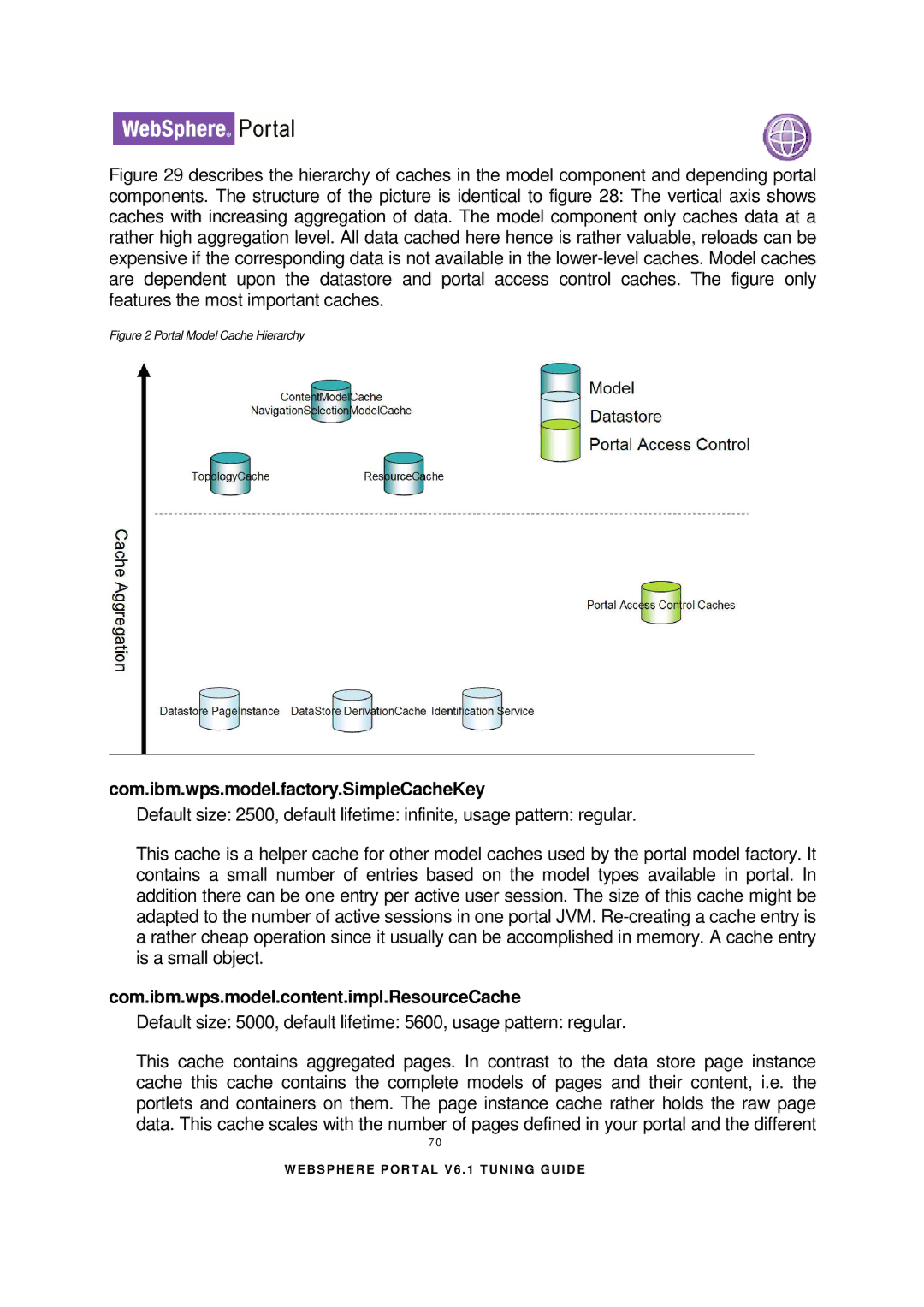
Figure 29 describes the hierarchy of caches in the model component and depending portal components. The structure of the picture is identical to figure 28: The vertical axis shows caches with increasing aggregation of data. The model component only caches data at a rather high aggregation level. All data cached here hence is rather valuable, reloads can be expensive if the corresponding data is not available in the lower-level caches. Model caches are dependent upon the datastore and portal access control caches. The figure only features the most important caches.
Figure 2 Portal Model Cache Hierarchy
com.ibm.wps.model.factory.SimpleCacheKey
Default size: 2500, default lifetime: infinite, usage pattern: regular.
This cache is a helper cache for other model caches used by the portal model factory. It contains a small number of entries based on the model types available in portal. In addition there can be one entry per active user session. The size of this cache might be adapted to the number of active sessions in one portal JVM.
com.ibm.wps.model.content.impl.ResourceCache
Default size: 5000, default lifetime: 5600, usage pattern: regular.
This cache contains aggregated pages. In contrast to the data store page instance cache this cache contains the complete models of pages and their content, i.e. the portlets and containers on them. The page instance cache rather holds the raw page data. This cache scales with the number of pages defined in your portal and the different
7 0
